A Garden for Life.
Game-change Gardening for Beginners. A Christmas Stocking-filler.
Game-change Gardening for Beginners.
Let’s face facts; in the real world, it’s a rare occurrence for any purchaser to walk into a property and find everything is just so, especially with the veg plot, if there’s one there at all - it being often the last thing on anybody’s list at what is a most stressful time. It never happened to me, once, nor to any of my friends. It’s this uphill struggle that can stymy progress towards an independent lifestyle or extinguish it altogether. So, in this short interlude in my blog, before the new season-proper starts, I want to share with you some of the things that I can honestly say have worked really well for me, little pearls that, if I’d known from the beginning, would have saved me an awful lot of time, money, effort and angst.
First, and most obvious, is that you have to work with the soil geography has given you. I’ll cut to the chase: if yours is sandy, get digging in organic matter to counteract the leaching of nutrients, and to increase water-retentiveness, and never let up. If, however, you like me have inherited clay-soil, then take heart. Heavy clay soil is rich, fertile soil with great potential, and can be rendered down to a workable loam within three years. I know; I’ve done it three-times over, on two allotments and on home-soil as well.
This photo shows clearly the topsoil that our village is built on. My house is 250 years-old and well lived-in; but the soil was thick, sticky pale-grey clay when we moved in, forty years ago. It took a lot of work to make the veg patch what it is now, feeling my way as I went along and changing the topography and dimensions. I achieved the same result in less than three years, up on my two allotments a mile down the coast, on exactly the same clay-based soil. I was much more experienced in what I was doing, by then. Double-dug deep-beds, with permanent paths between them, and with plenty of cow or horse-manure incorporated every year, will quickly transform into a beautiful black, highly-fertile loam, easy to work, and never once becoming waterlogged, despite the plots and gardens on either side of me being regularly immersed in standing-water. That truly is a game-changer!
Second, don’t bite off more than you can chew, to start with. My main bed is 27’ long by 5’ wide. I can grow an awful lot of vegetables in that space and it’s extremely manageable. Expand your enterprise year-on-year, as you gain experience.
Third, don’t be afraid to use containers, but make sure they are of a size appropriate to the crop. My old plastic dustbins are perfect for carrots and new-potatoes. In addition, I have two rosemary plants in tubs and I plant-up three grow-bags with fresh herbs every year, just outside the kitchen door. Herbs love grow-bags.
June-sown carrots after harvesting a good crop of first-early potatoes.
These Pentland Javelin potatoes were deliciously sweet with roast lamb or roast beef or chicken, as were their Rocket counterparts, and grew with little effort on my part.
Various strains of basil from sweet Genovese, lemon and mammoth, to cinnamon flavoured. There’s also cutting-celery, plus curly and flat-leaf parsley growing in the bag next-door. All, apart from the basil, will see us comfortably through winter.
Fourth, when you can afford it, buy a greenhouse and/or cold-frame and locate in a sunny position. They will not only extend your season, early spring and late autumn, they will protect tender plants from frosts and cold winds, and allow you to grow exotics like tomatoes, jalapeños and cucumbers with ease. They also facilitate the sowing and raising of your own seedlings from scratch. Believe me, they will always grow way better than shop-bought plants and save you money, to boot.
Fifth, plan your season so that you have new plants to replace old crops as the year unfolds. So, leeks follow potatoes really well, and dwarf French beans follow onions in July and August.
Sixth, don’t be afraid of autumn planting. Some crops thrive from September through November: leeks, beetroot, carrots, French beans, lettuce, parsley, cutting celery, to name but a few. Leeks, carrots and herbs will stand our winters, but I like to pickle spare beetroot and freeze French beans to eat during the ‘hungry months’.
Misshapen and slightly slug-damaged, these carrots were soon rendered down to this:
Seventh, and last, make compost. I use a traditional heap, several plastic bins full of manure and leaf-litter, plus a wormery. They will always pay you back tenfold in healthy crops and yield.
Finally, enjoy your garden this 2024 season! Happy New Year.





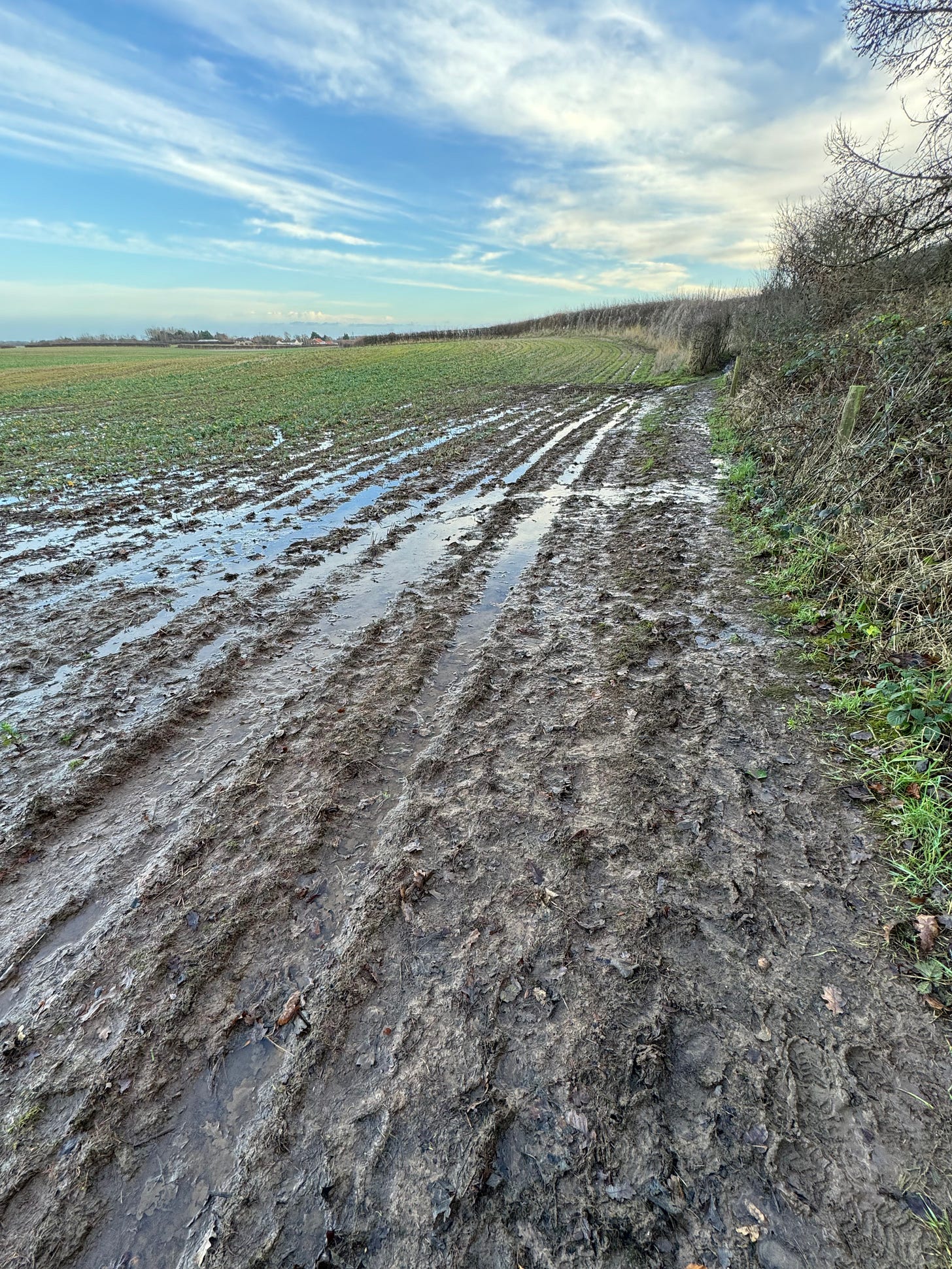
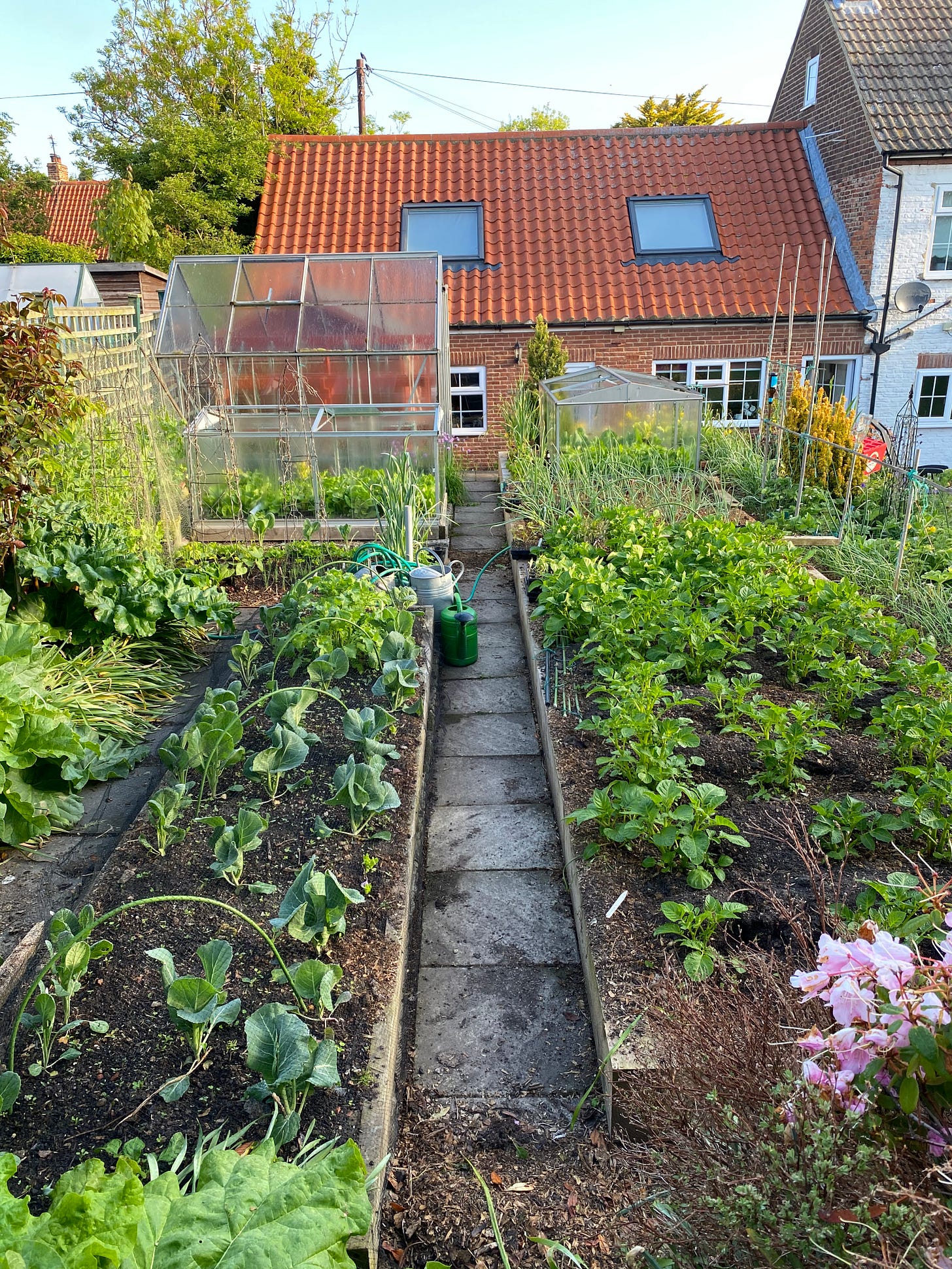

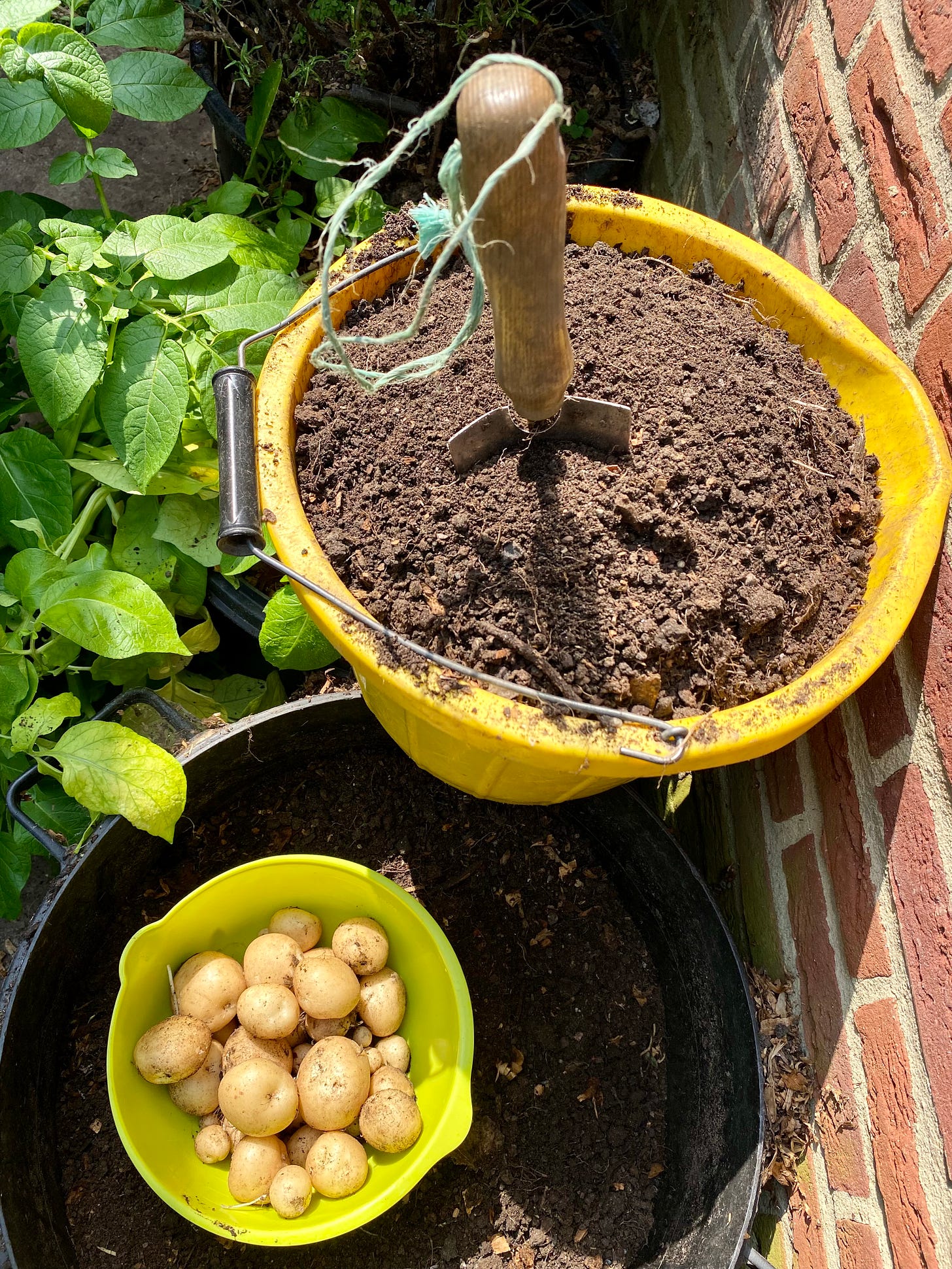
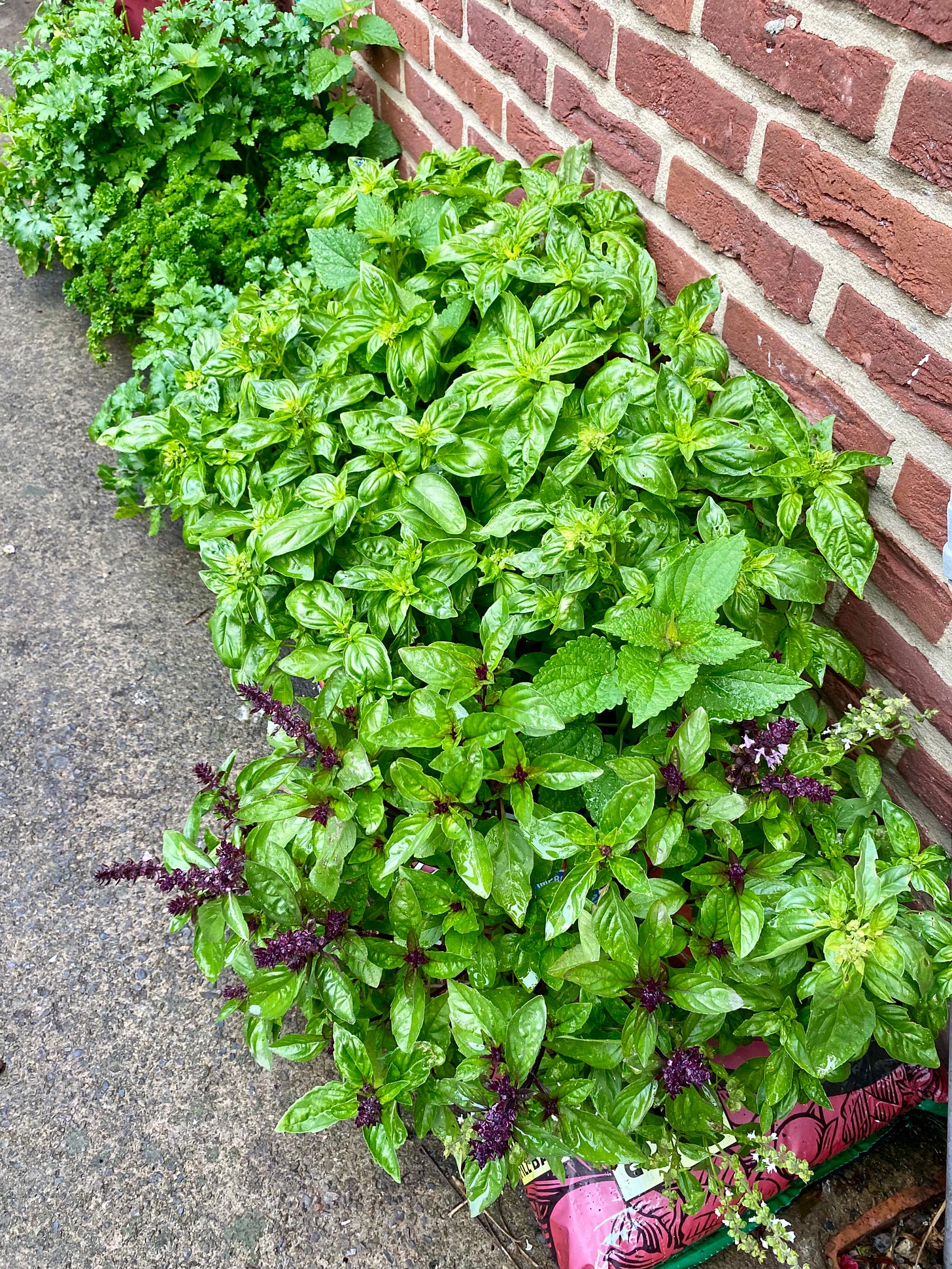
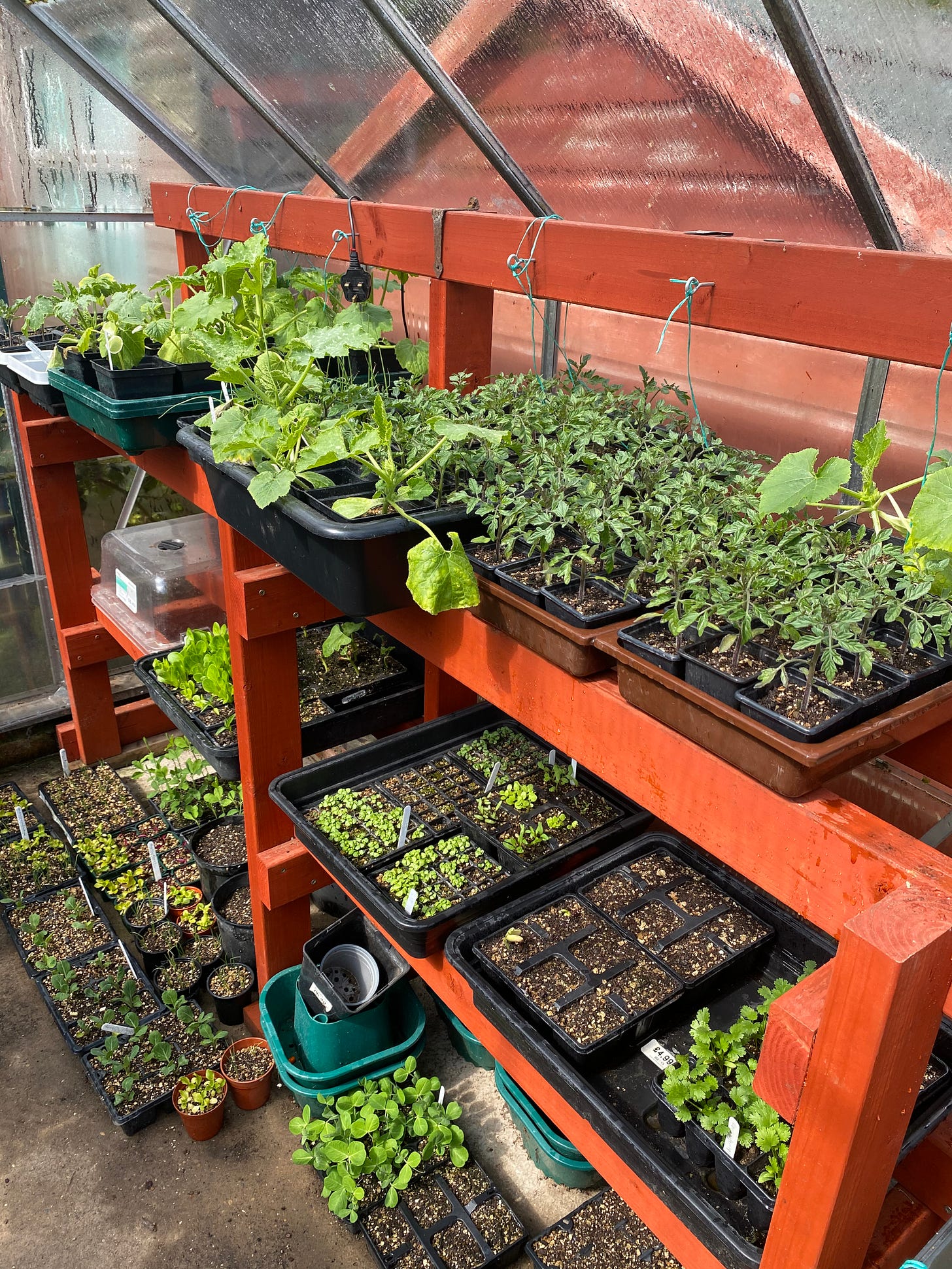


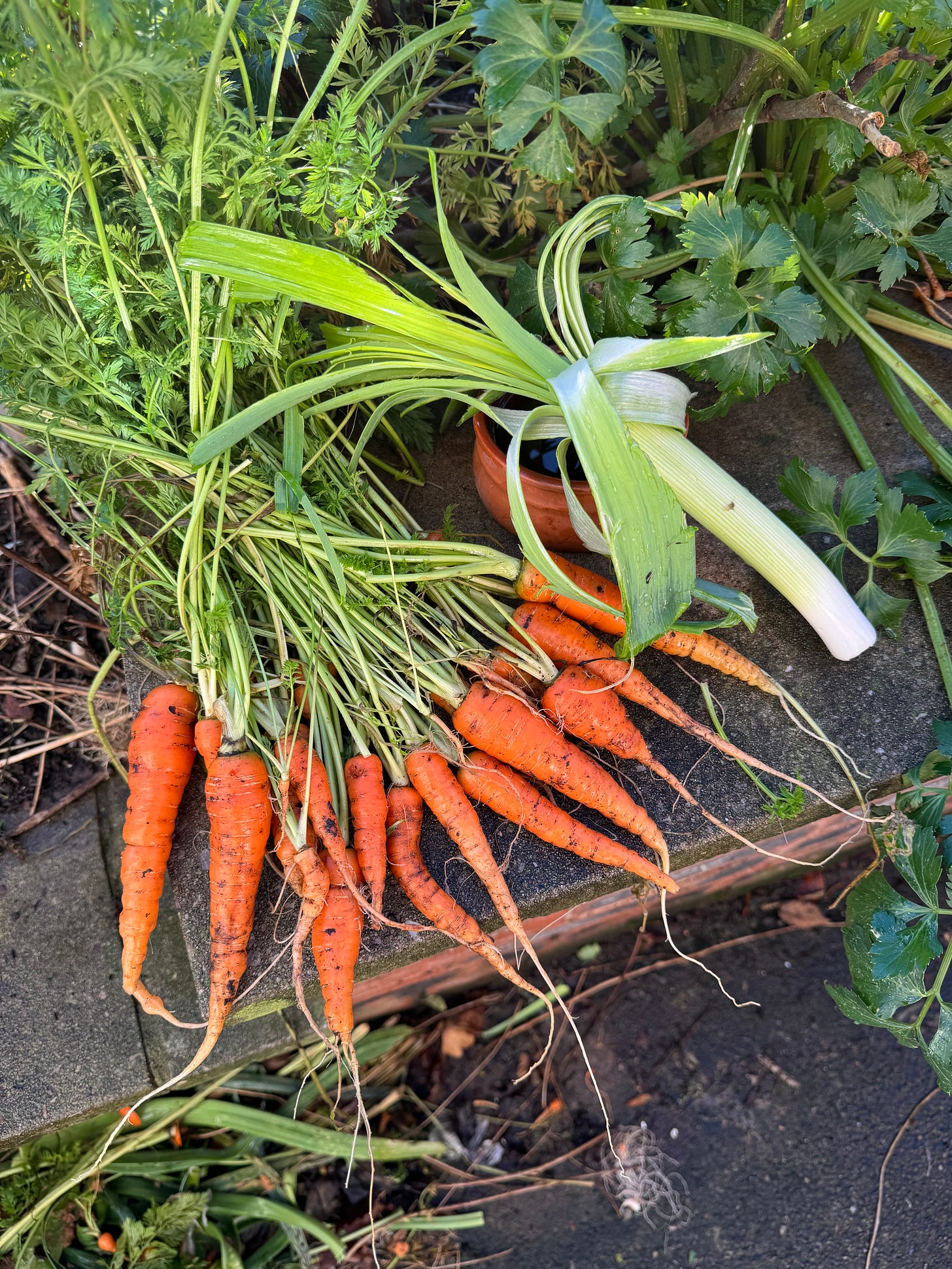

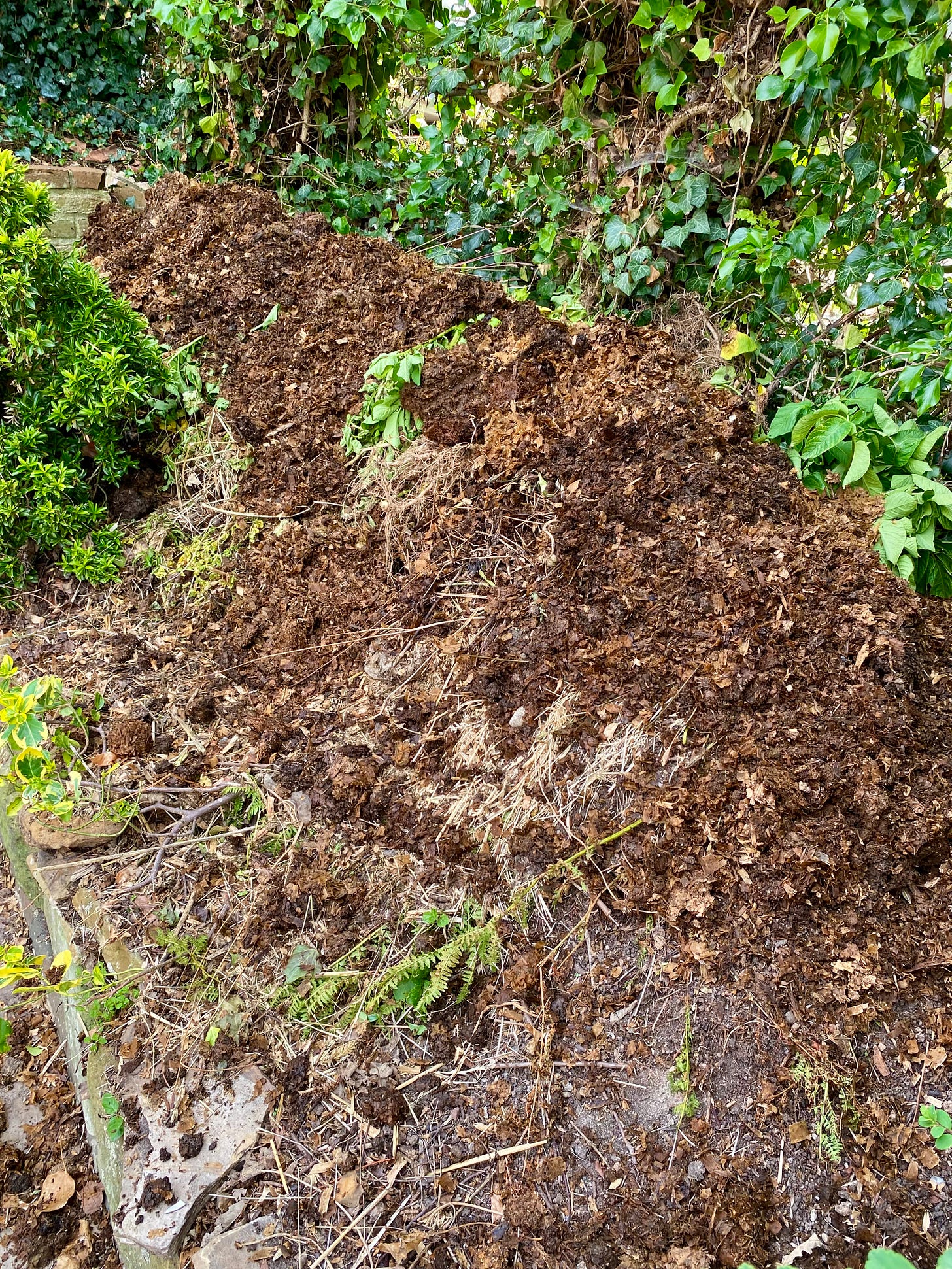
Great advice, for not only those starting out, but for those that are always continuing to learn. God bless your efforts!